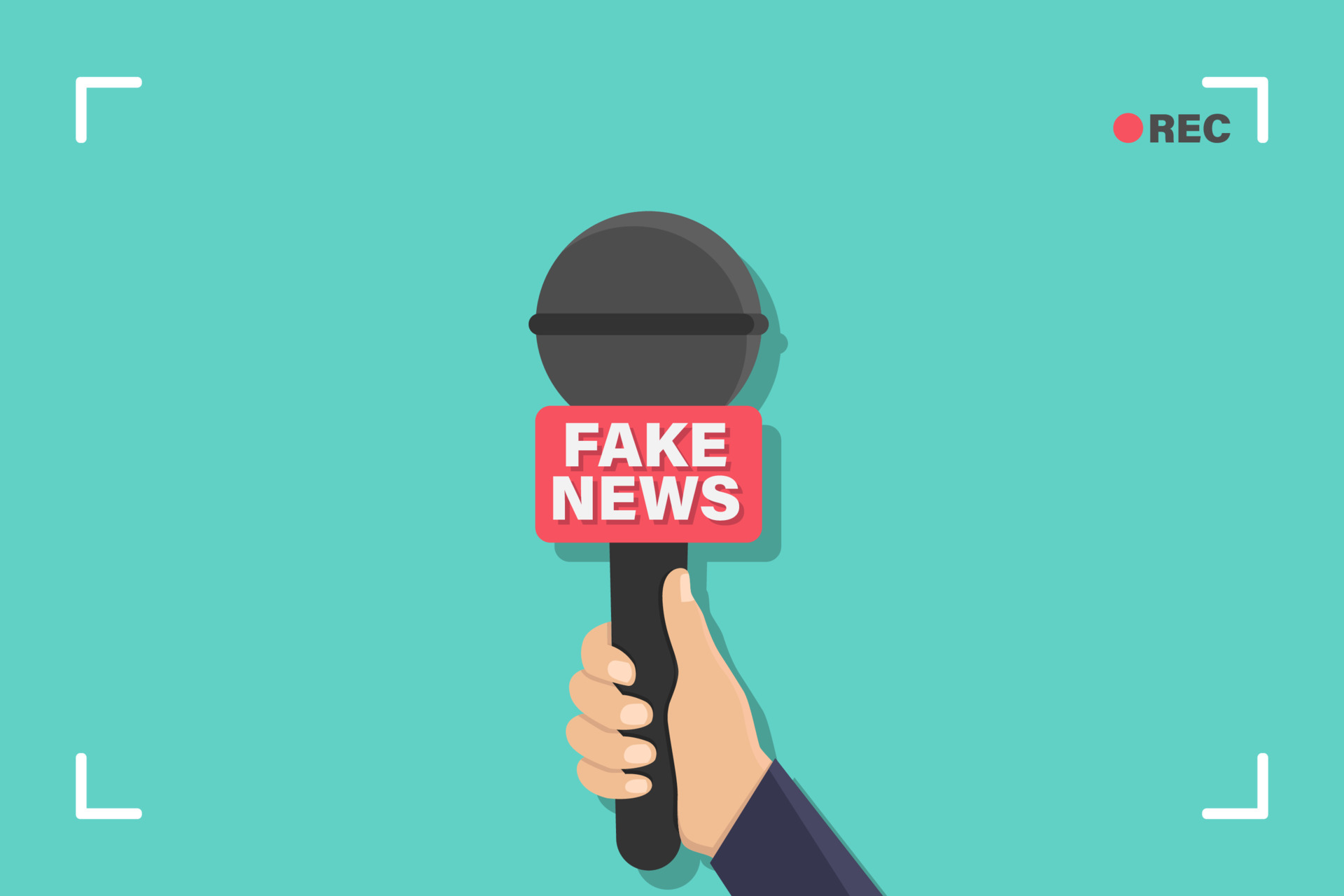For some time now, the term «fake news» has been ubiquitous in political discourse and the
media. In the last year or so, panels all over Europe and the USA have targeted the question of
how to deal with fake news. Research projects are trying to measure the effect of fake news
on politics and society. Social media corporations face societal and sometimes political pressure to crack down on fake news.
Despite their omnipresence in discourse, however, it is anything but clear what fake news is.
Talk of «fake news» has become so fuzzy and worn-out that doubts have been raised that the
term is useful at all. At the Oxford Internet Institute, researchers are now speaking of «junk
news» instead of «fake news». Others think that the best available option is «awkwardly using air quotes whenever we utter the phrase» (Wardle 2017). Yet, the general outlook on the
issue seems to be that despite being generally unhelpful and ambiguous the term «fake
news» and its corollaries cannot be eliminated from public discourse entirely because there
is as a matter of fact a problematic phenomenon calling for a name.
What is fake news, then? On the view we will advance in this paper, fake news is news that
does mischief with the truth. That is because, as we argue, fake news is characterized by two
shortcomings: it lacks truth and truthfulness.3 More specifically, fake news is either false or
misleading (lack of truth) and it is propagated with either the intention to deceive or an utter
disregard for the truth (lack of truthfulness). In what follows, we will flesh out this definition.
Importantly, however, that is not to say that all false or misleading news reports are in turn
fake news. Note that definitions along those lines are quite common. The German online
newspaper ZEIT ONLINE, for instance, characterizes fake news as «false reports or news erroneously presented as fact» (ZEIT ONLINE 2018: «fake news», our translation).
Such definitions are highly problematic because they ignore the fundamental difference between fake news and journalistic errors.6
Journalistic errors occur inevitably in the process of
reporting on often intricate matters. That is why reputable print media issue corrections of
their mistakes in dedicated sections of each issue. The podcast This American Life even went
so far to issue an hour-long show dedicated to sorting out their own misreporting on Apple’s
manufacturing practices in China (Schmitz 2012).
During the Trump presidency, reputable news outlets have been continuously accused of reporting fake news. But there is a crucial difference between these outlets’ reports – even their
erroneous ones – and the instances of fake news we looked at in the previous sections: when
reputable media issue false or misleading statements, they usually do so inadvertently.
An upright journalist who issues a false statement misses the mark of truth, so to say. The
examples of fake news we looked at so far, in contrast, were issued with an intention to deceive.7 They are either blatant lies or deliberately misleading.8
In both cases, they aim at falsity, not at truth, and thus lack truthfulness. This lack of truthfulness sets fake news apart
from journalistic errors. The upright, but mistaken journalist is truthful, while the proponent
of fake news is not.
An intention to deceive is not the only way in which a lack of truthfulness may manifest,
however. One of the most prominent propagators of fake news might be said to utter false
and misleading statements not with any intention to deceive, but because he does not care
about truth to begin with. Donald Trump’s tweets are quite often so obviously false, misleading or entirely absurd that it is hard to imagine that he tweets them with the intention to deceive anyone. It might be argued that he simply does not bother relating to the truth at all.
The same attitude can be found in the Macedonian villagers who lived of creating fake news
in 2016 and earned tens of thousands Dollar by doing so (Silverman and Alexander 2016).
From interviews, it has become clear that they did not have any interest in the truth or falsity
of their reports. Their goal was not to deceive their audience.
Harry Frankfurt famously coined the term «bullshit» for statements that are made without
any concern for the truth. He says:
It is impossible for someone to lie unless he thinks he knows the truth. Producing
bullshit requires no such conviction. A person who lies is thereby responding to the
truth, and he is to that extent respectful of it. When an honest man speaks, he says
only what he believes to be true; and for the liar, it is correspondingly indispensable
that he considers his statements to be false. For the bullshitter, however, all these
bets are off: he is neither on the side of the true nor on the side of the false. […] He
does not care whether the things he says describe reality correctly. He just picks them
out, or makes them up, to suit his purpose. (Frankfurt 2005)






